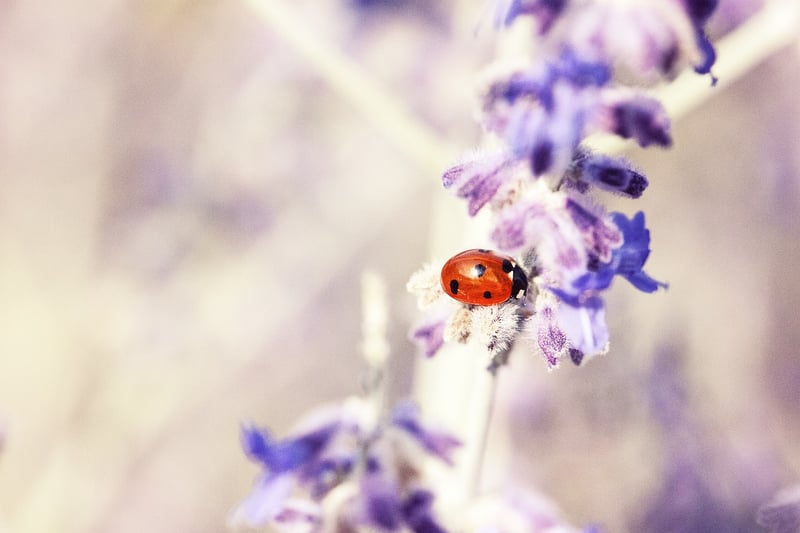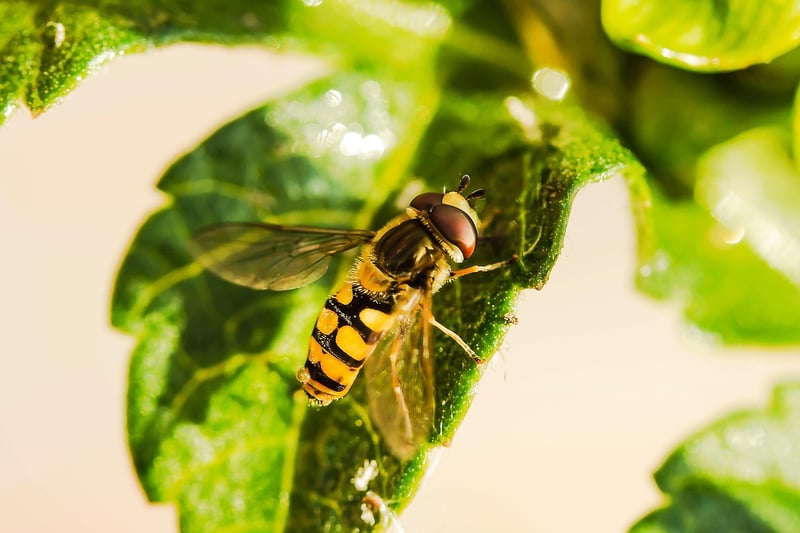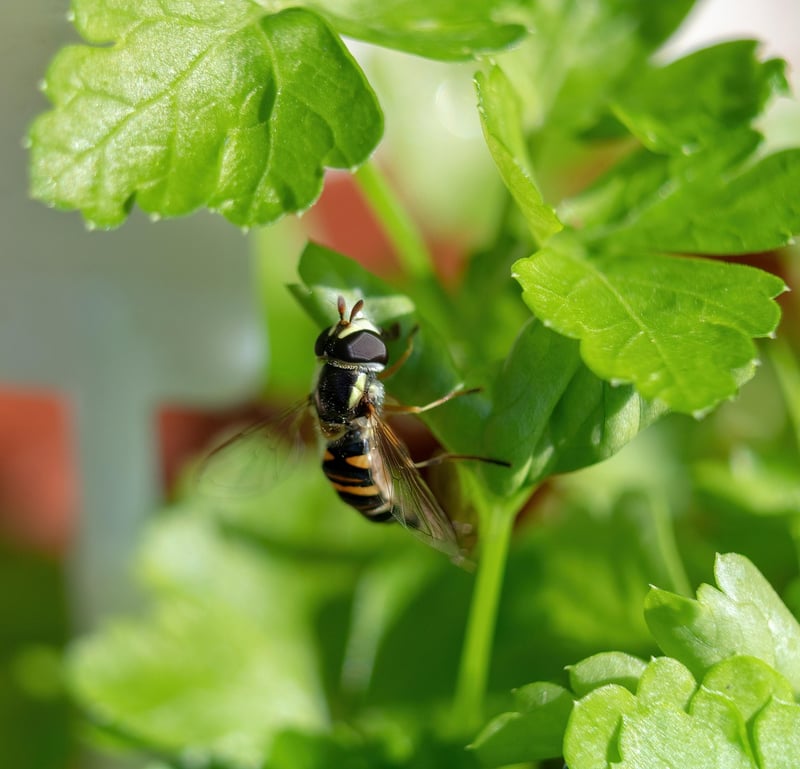Beneficial Insects
Urban Garden Pests and Beneficial Insects
Urban gardening can be a rewarding experience, but it also comes with its fair share of challenges, especially when it comes to dealing with pests. However, not all insects in your garden are harmful; some can actually be beneficial in controlling pest populations naturally. Understanding which insects are pests and which are beneficial can help you maintain a healthy and thriving garden without the need for harmful pesticides.
Common Urban Garden Pests
1. Aphids: These small, soft-bodied insects can quickly multiply and suck the sap from plants, causing them to wilt and become discolored.
2. Whiteflies: These tiny insects feed on plant sap and can cause yellowing, wilting, and stunted growth in plants.
3. Caterpillars: The larvae of butterflies and moths, caterpillars can munch through leaves and cause significant damage to plants.
Beneficial Insects in Your Garden
1. Ladybugs: These colorful beetles are voracious predators of aphids and other small insects, making them valuable allies in pest control.
2. Hoverflies: Also known as flower flies, hoverflies feed on aphids, thrips, and caterpillars, making them excellent pest controllers.
3. Praying Mantis: These large insects are skilled hunters and feed on a wide range of pests, including caterpillars, beetles, and grasshoppers.
Attracting Beneficial Insects
1. Plant Diversity: By growing a variety of plants, you can attract a broader range of beneficial insects to your garden.
2. Provide Shelter: Create habitats like rock piles, logs, or insect hotels where beneficial insects can seek refuge and reproduce.
3. Avoid Pesticides: Minimize the use of pesticides in your garden to protect beneficial insects from harm.
Conclusion
By understanding the role of insects in your urban garden and distinguishing between pests and beneficial insects, you can create a more balanced ecosystem that promotes plant health and reduces the need for chemical interventions. Embrace the presence of beneficial insects and work towards creating a harmonious environment where nature's pest control mechanisms can thrive.



